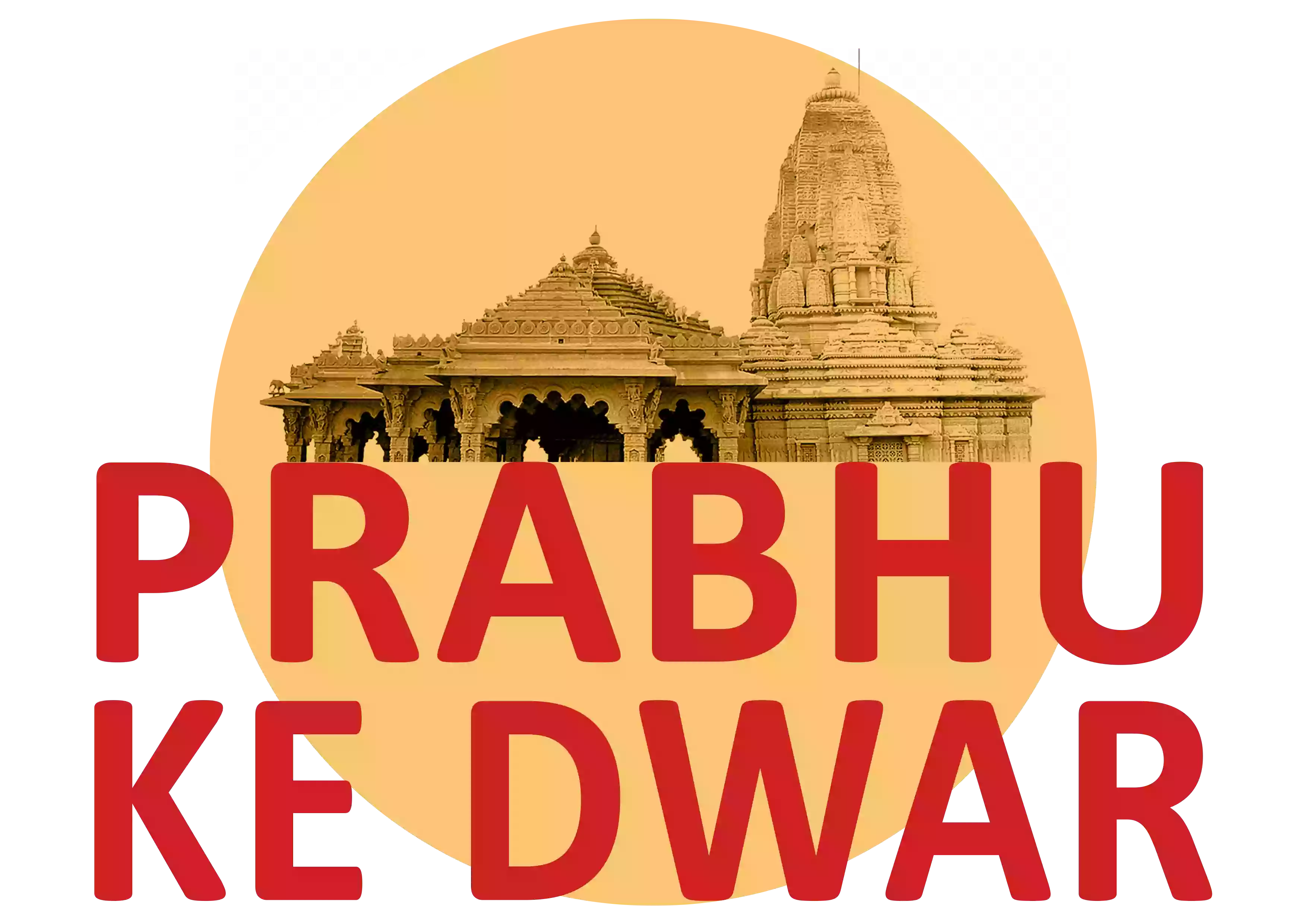In 2026, Makar Sankranti will be celebrated on Wednesday, January 14, 2026.
According to the Hindu solar calendar, this day marks the Sun’s transition (Sankranti) into the zodiac sign Capricorn (Makara Rashi)—symbolizing the beginning of longer and warmer days.
| Event | Date | Time |
|---|---|---|
| Makar Sankranti 2026 | January 14, 2026 | Wednesday |
| Punya Kaal (Auspicious Time) | 07:12 AM to 05:45 PM | 10 Hours 33 Minutes |
| Maha Punya Kaal | 07:12 AM to 09:14 AM | 2 Hours 2 Minutes |
This transition signifies the end of winter’s chill and the beginning of the harvest season, a time to thank nature, pray for abundance, and celebrate community.
Table of contents [Show]
- 1 🌾 The Spiritual and Cultural Significance
- 2 🎉 Regional Celebrations Across India
- 3 🪁 Kites, Joy, and the Sky Festival
- 4 🍚 Traditional Foods You Must Try
- 5 🌅 Makar Sankranti Rituals and Customs
- 6 🌞 The Deeper Meaning of Makar Sankranti
- 7 🕊️ Makar Sankranti 2026 – A Message for the Modern World
- 8 🌐 Read More About the History and Origins
- 9 🧭 Final Thoughts
🌾 The Spiritual and Cultural Significance
Makar Sankranti is not just about the movement of the Sun—it’s about balance, gratitude, and renewal.
☀️ 1. The Journey of the Sun
From this day, the Sun starts moving northward (Uttarayana), symbolizing light’s triumph over darkness. In the Bhagavad Gita, Lord Krishna declares Uttarayana as an auspicious period when the doors to heaven open for the souls seeking liberation.
🙏 2. A Festival of Gratitude
Farmers across India celebrate Makar Sankranti as a harvest festival, expressing gratitude for crops, sunlight, and prosperity. Offerings of til (sesame) and gur (jaggery) are made to the gods—symbolizing warmth and sweetness in human relationships.
🕊️ 3. The Festival of Unity
Unlike lunar-based Hindu festivals, Makar Sankranti follows the solar calendar, making it fall on January 14 every year (occasionally January 15). This unifies millions across India in a shared celebration on the same date.
🎉 Regional Celebrations Across India
Each region gives Makar Sankranti its unique flavor—different names, foods, and traditions, but one common emotion: joy.
| State/Region | Local Name | Main Celebration Highlights |
|---|---|---|
| Punjab & Haryana | Lohri | Bonfires, bhangra, popcorn, sesame sweets |
| Tamil Nadu | Pongal | Boiling the first rice harvest in clay pots |
| Gujarat & Rajasthan | Uttarayan | Kite flying festivals fill the sky with color |
| Maharashtra | Tilgul Sankranti | Exchanging til-gul laddoos and blessings |
| Bihar & Uttar Pradesh | Khichdi Sankranti | Donating food and bathing in holy rivers |
| Assam | Bhogali Bihu | Feasts, dances, and community gatherings |
| Odisha & Bengal | Makar Mela | Pilgrimages to rivers and sea for holy dips |
This diversity makes Makar Sankranti one of the most inclusive Indian festivals, uniting people through gratitude and joy.
🪁 Kites, Joy, and the Sky Festival
Makar Sankranti 2026 will once again turn the sky into a canvas of colors.
From Ahmedabad’s International Kite Festival to the rooftops of Jaipur and Varanasi, thousands of people will shout “Kai Po Che!” as they cut each other’s kites.
Kite flying on this day symbolizes:
Freedom from negativity
Reaching for higher goals
Spreading light and positivity
🍚 Traditional Foods You Must Try
Makar Sankranti is a delicious festival! Across India, special dishes are prepared using til (sesame) and gur (jaggery) — considered warming and purifying for the body.
| Dish | Region | Description |
|---|---|---|
| Tilgul Ladoo | Maharashtra | Sweet balls of sesame and jaggery shared with blessings |
| Pongal | Tamil Nadu | Sweet or savory rice dish symbolizing prosperity |
| Khichdi | North India | A mix of rice and lentils offered to the deities |
| Pitha | Assam | Rice cakes stuffed with coconut and jaggery |
| Tilkut | Bihar | Crunchy sesame sweet enjoyed with family gatherings |
🌅 Makar Sankranti Rituals and Customs
Holy Bath (Snan): Devotees bathe in sacred rivers like the Ganga, Yamuna, or Godavari to purify the soul.
Charity (Daan): Giving food, blankets, and sesame seeds is believed to wash away sins.
Puja: Offerings of til, gur, sugarcane, and fruits are made to the Sun God (Surya Dev).
Feasting: Families gather to enjoy festive meals and exchange sweets saying,
“Tilgul ghya, god god bola” (Take sweets and speak sweetly).
🌞 The Deeper Meaning of Makar Sankranti
Spiritually, Makar Sankranti teaches us to:
Rise above negativity, just as the Sun rises northward.
Share warmth and sweetness with others.
Let go of the past and welcome new beginnings with gratitude.
It reminds us that even after the darkest nights, the light always returns.
In today’s digital age, the values of Makar Sankranti are more relevant than ever:
Reconnect with nature 🌾
Celebrate community 🤝
Embrace optimism ☀️
As we step into 2026, let’s honor the Sun, the giver of life, and carry its warmth in our hearts.
🌐 Read More About the History and Origins
For an in-depth historical background, you can refer to the detailed explanation on Britannica’s Makar Sankranti page.
🧭 Final Thoughts
Makar Sankranti 2026 is not just another date on the calendar—it’s a reminder of light, love, and life. Whether you celebrate it by flying kites, preparing Pongal, or taking a holy dip, let this festival mark the start of hope and abundance in your year.



